After Shiera allowed me to have a corner for my own posts, I struggled with what to write about first. Lately I’ve been working with our marine waste disposal system, so perhaps that is a good place to start.
Running a boat is like running your own city, there is power generation, water systems and waste systems. For the waste treatment side of the city, on Gemeaux we have three separate toilet systems which for various reasons are all a little different, however the basics are the same. There is a toilet which uses either fresh water or salt water to flush (more on that choice later) and a holding tank to hold the waste till we are out at sea and can dispose of our waste without fouling the place we are anchored.
The toilet is an interesting piece of engineering. It has a macerator to grind up the TP and poop so it doesn’t clog the tank. The toilet also pumps the result to the top of the holding tank. This prevents a hose or toilet problem from dumping the entire contents of the tank inside the boat. It generally works well unless something other than TP and poop goes in. We haven’t had that problem yet because we try to educate our guests on the importance of not flushing what should not be flushed.
Two of the toilets on Gemeaux use salt water to flush, the other uses fresh water. Sea water is plentiful and fresh water is hard to come by on the ocean. However, salt water has some downsides. One is it contains plankton and other small critters which die when they are in the system for more than a couple of days. This creates an unpleasant sulphur smell in the toilet and the sea water inlets into the toilet. The second problem is the reaction of salt water and urine. The ammonia in urine reacts with the calcium in sea water to create deposits of calcium chloride which is hard like rock and coats the inside of hoses, pipes and tanks. It can also break off and clog the outlet of the tank.
For the first year we owned Gemeaux we struggled with one of the port side heads (on the guest side of the boat) always getting the outlet of the tank clogged. To clear the clog was a very messy business of using the dinghy pump to force air into the holding tank outlet to push the clog back into the tank and allowing it to empty. It was a very unpleasant task. After this, we had all the tanks removed and replaced all the hoses. When the tanks were out we cleaned them to remove all of the deposits. We also switched the offending tank to fresh water. Those changes seemed to solve the problem in that tank.
To deal with the deposits of calcium chloride in the tank we tried vinegar which is a mild acid. That didn’t seem to help, so we switched to hydrochloric acid (muriac acid in the store) which we dilute and then pump into the plumbing system every couple of months. When left for several hours it seems to clean up the deposits pretty well.
After Gemeaux’s summer vacation out of the water, our clogging issue moved to the starboard side which is the toilet we use. First attempt to fix the problem was to remove the tank and inspect. Found lots of calcium chloride deposits in the tank with large sheets which had detached from the tank walls. Seems like more often use of acid is required. After a couple of hours of labor by David Thomas and me, including the use of some rebar, most of the deposits were removed and the tank returned to service. Well, more blockages occurred. Used a endoscope my surgeon brother gifted me to inspect the problem. Seemed like the blockage was above the valve to open and close the tank. Took the tank out again and inspected the outlet hoses and valves. All looked good. Applied an overnight acid soak and now the problem seems cured… till the next time.

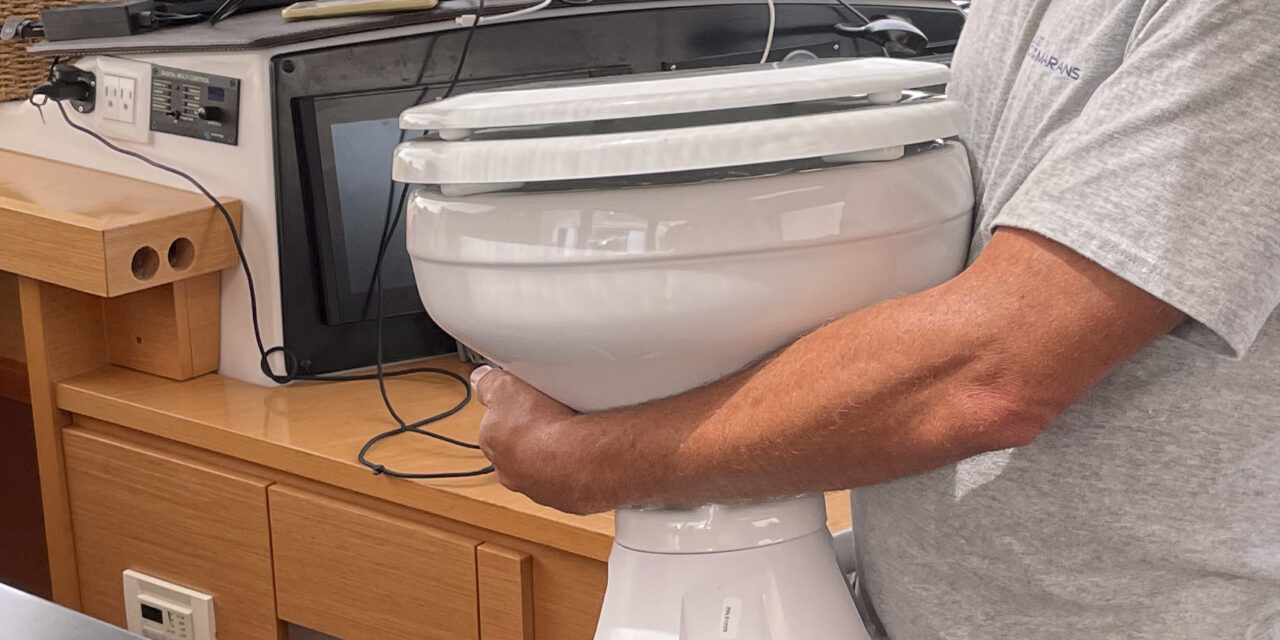
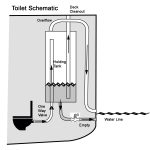
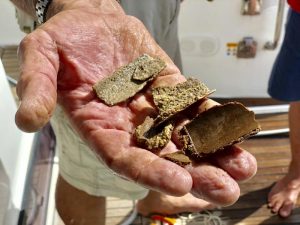

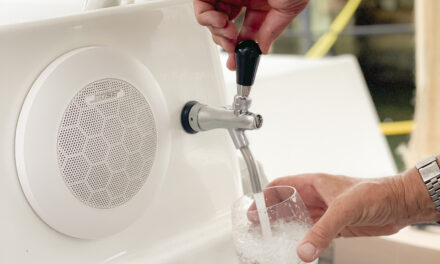
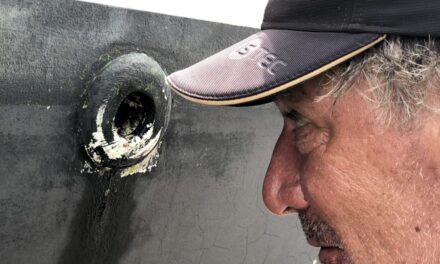
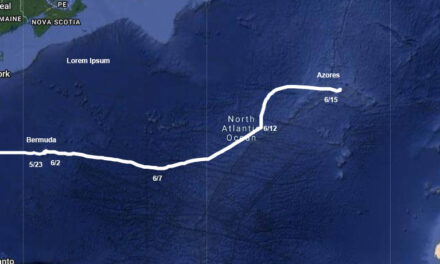
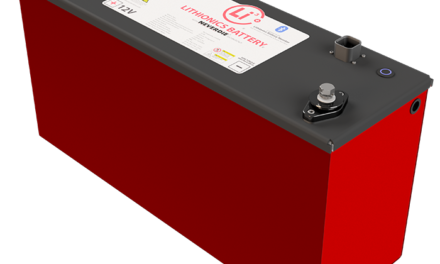


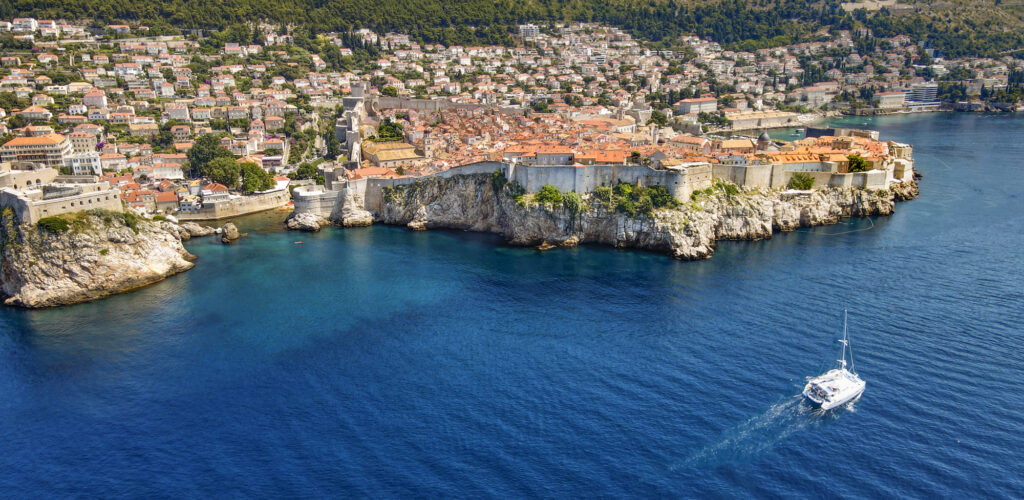
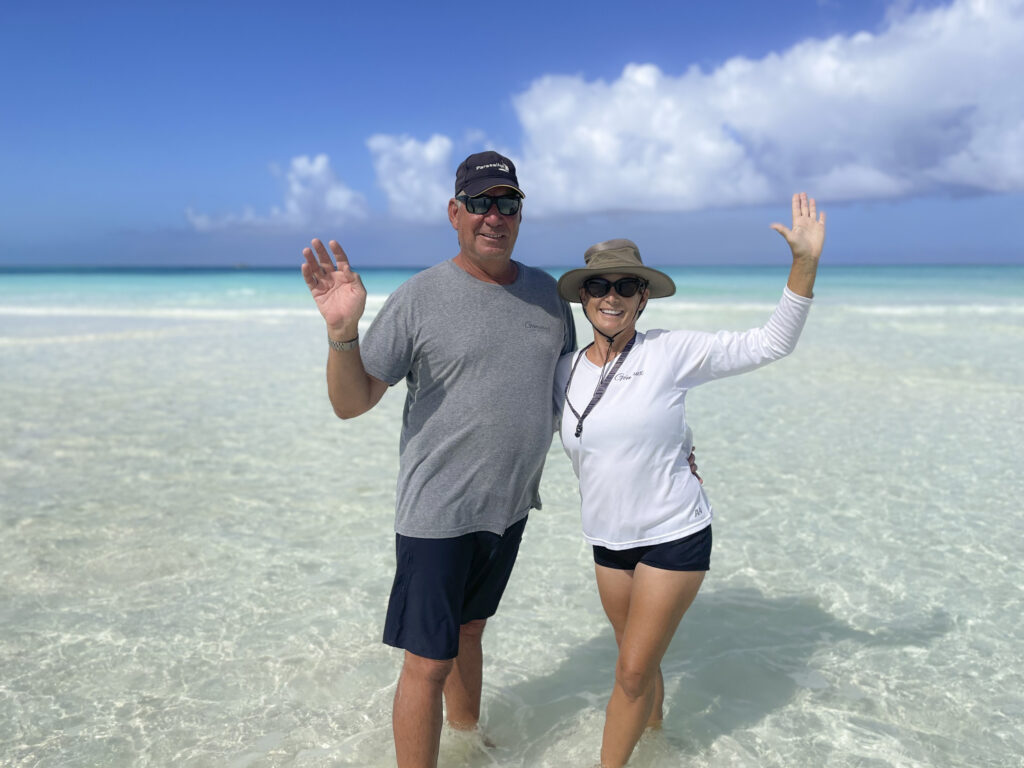
We’re having similar issues with calcification – a nasty process to fix! Have muriatic acid onboard, but have not used it yet. Not sure how/if it might affect the innards of the electric head. Do you flush the dilute solution thru the bowl, or pour into the holding tank?
cheers, Lisa